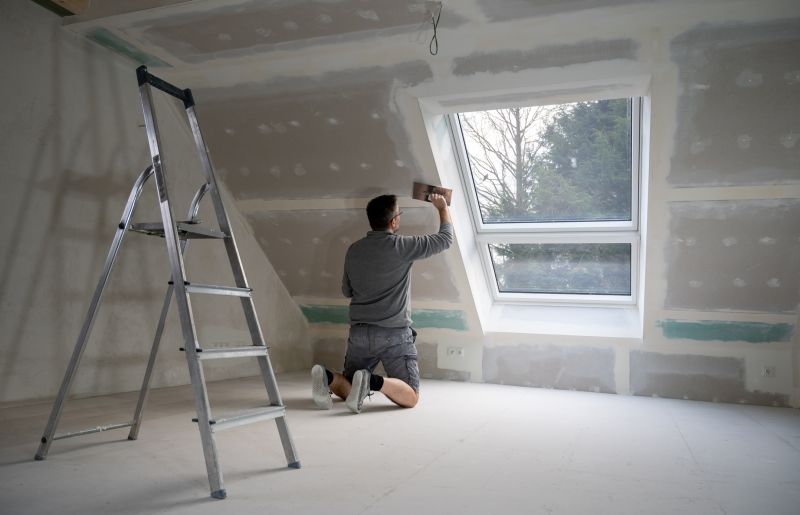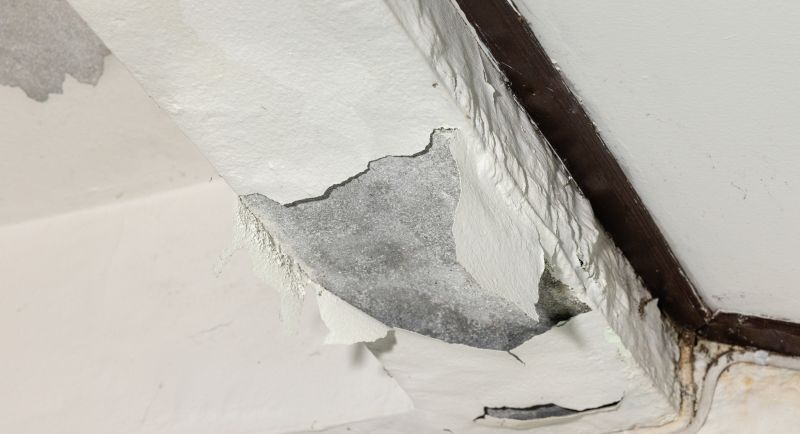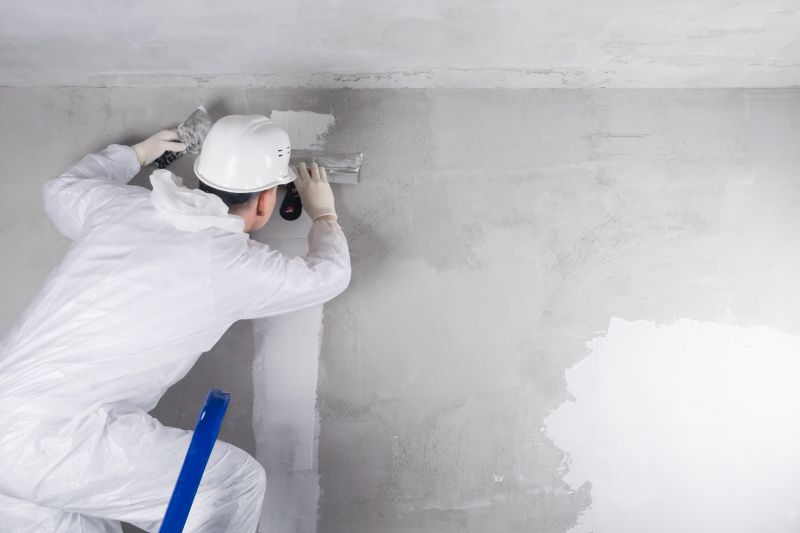Optimal Conditions for Plaster Repairs
Plaster repairs are most effectively performed during periods of stable, moderate weather. Ideal conditions include low humidity, consistent temperatures, and minimal rainfall, which help ensure proper drying and adhesion of plaster materials. Timing repairs during these optimal conditions reduces the likelihood of issues such as cracking or delayed curing.

Spring and early fall typically offer the best weather for plaster work, with moderate temperatures and lower humidity levels.

High humidity, extreme cold, or hot weather can hinder plaster drying times and affect the quality of repairs.

Maintaining temperatures between 50°F and 75°F helps ensure proper curing and adhesion of plaster.

Indoor repairs should be scheduled during seasons with stable indoor temperatures and low humidity to prevent moisture-related issues.
| Season/Period | Recommended Conditions |
|---|---|
| Spring | Moderate temperatures, low humidity |
| Early Fall | Stable weather, mild temperatures |
| Summer | Avoid high heat and humidity |
| Winter | Avoid freezing temperatures |
| Indoor Repairs | Stable indoor climate |
| Post-Season | Allow sufficient time for curing before weather changes |
| Regional Variations | Adjust timing based on local climate |
| Weather Forecast | Monitor for stable conditions before scheduling |
Ways to make Plaster Repairs work in tight or awkward layouts.
Popular materials for Plaster Repairs and why they hold up over time.
Simple add-ons that improve Plaster Repairs without blowing the budget.



